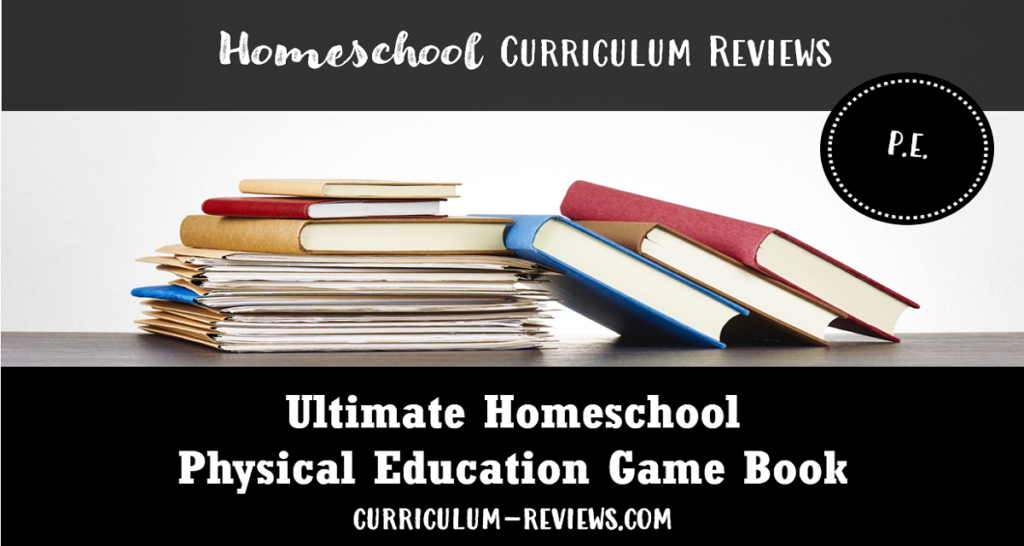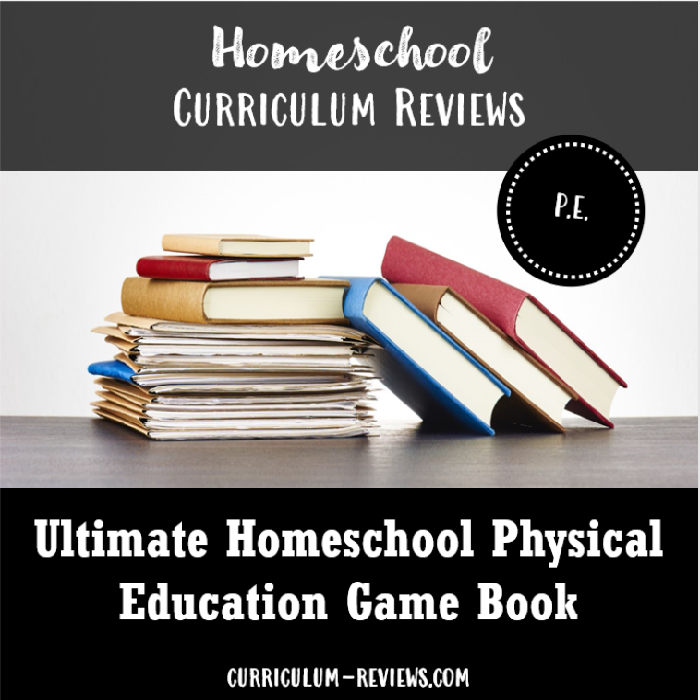
Ultimate Homeschool Physical Education Game Book
Gym class in traditional schools isn’t always a lot of fun. First, there’s the waiting. With 20 to 30 kids and only one ball at play in most games, standing around waiting your turn makes up a big portion of time in large-group physical education classes. Then there’s the mismatch between abilities when kids are randomly selected to compete against each other. What should be friendly competition can turn to serious teasing for some kids.
For these reasons and more, many homeschool families figure that riding bikes and going for hikes makes a far better PE credit than what brick and mortar school kids get.
Guy Bailey, the author of The Ultimate Homeschool Physical Education Game Book, disagrees. He believes – even for the least athletically inclined family – there’s more to PE than learning how to play soccer – and he does a great job of helping parents see the value of those lessons.
To start, The Ultimate Homeschool Physical Education Game Book gives you 165+ games and activities that will help your kids improve their strength, endurance, speed, and body control. These activities are designed to improve spatial awareness, as well as eye-hand and eye-foot coordination. Using the Game Book on a regular basis gives kids the chance to more easily grow out of the natural clumsiness of childhood and become more agile and flexible in the world.
Just as importantly, though, The Ultimate Homeschool Physical Education Game Book implicitly teaches kids about fairness, cooperation, determination, and self-acceptance. Most of the game rules are simple. Yes, there’s an element of competition to some of the games, but you’ll also find games that focus on self-reliance or cooperative work to achieve the goal.
Activities Covered:
- Basketball Games
- Football Games
- Soccer Games
- Softball Games
- Racquet and Net Games
- Recreational Sport Games
- Playground Games
- Fitness Building Games
- Rope Jumping Activities
- More PE Games with a Homeschool Twist
Most games are designed for 2 or 3 players and can be adapted for ages ranging from 6 to 16. Each game explains the specific skills it enhances, as well as the needed equipment, and variations you can use – like if you want to make the activity more aerobic (ie- get the kids running more). There’s even a handy glossary to learn game-specific terminology.
In addition to purchasing the book, you’ll also need to buy certain equipment, such as different sports balls, a couple of hula hoops, a rope, sidewalk chalk, and some bean bags (unless you make your own out of old socks filled with rice and knotted at the end). In a few cases, you may need to find a local park with basketball or tennis nets you can use.
 About the Author: A public school gym teacher for 20+ years, Guy Bailey began to adopt small group PE teaching practices after homeschool families started bringing their children to some of his regular gym classes. He wrote this book based on years of conversations with homeschool parents looking for activities they could do at home with their own children.
About the Author: A public school gym teacher for 20+ years, Guy Bailey began to adopt small group PE teaching practices after homeschool families started bringing their children to some of his regular gym classes. He wrote this book based on years of conversations with homeschool parents looking for activities they could do at home with their own children.
Date of Review: 11/23/2015


